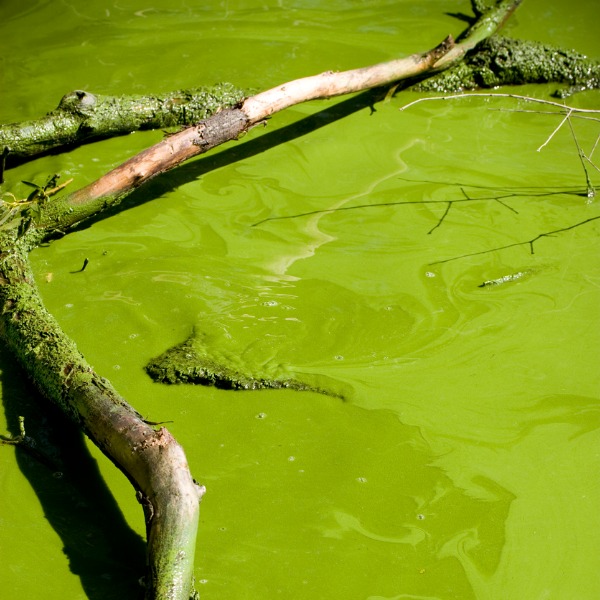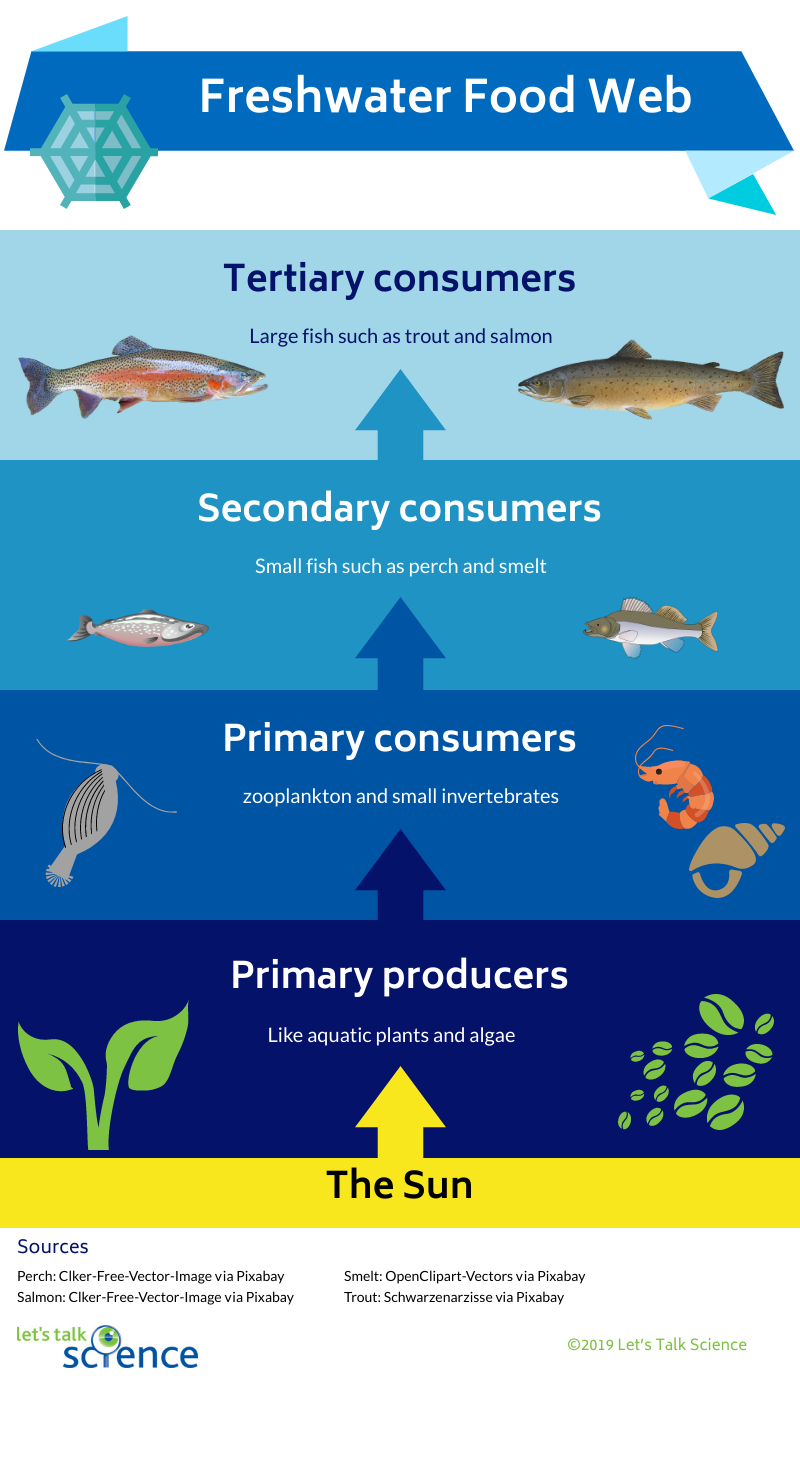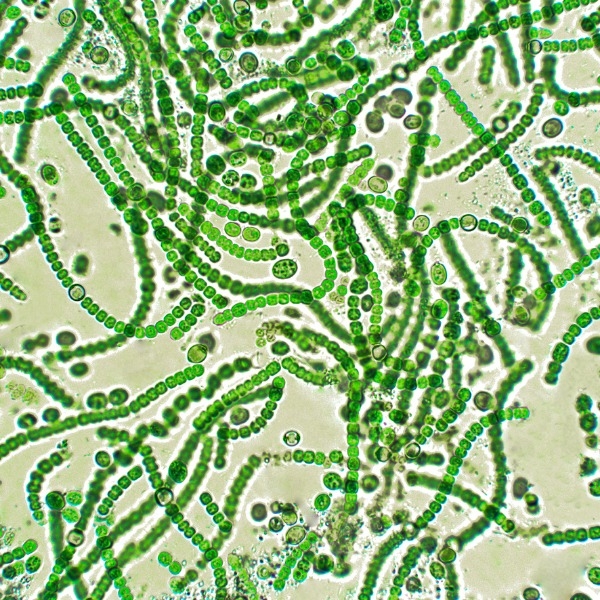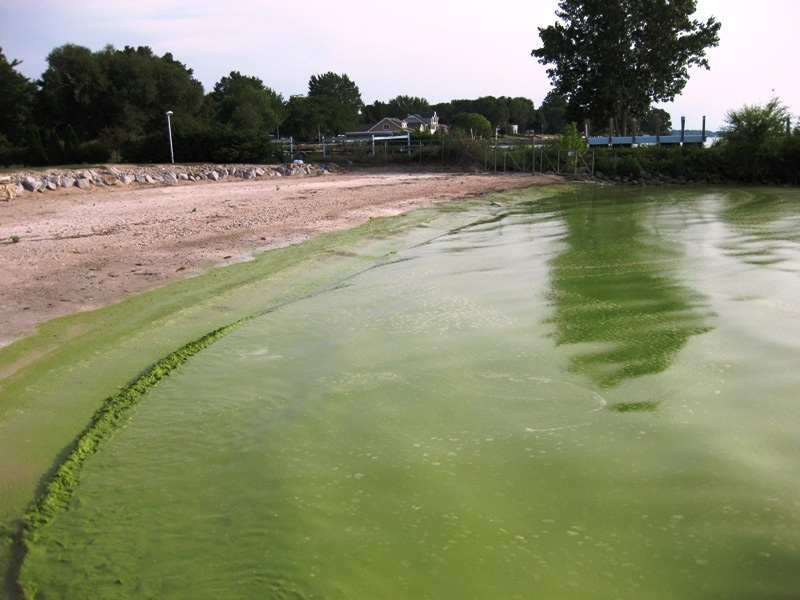Eutrophication: Why you should care about pond scum

Massive algal bloom (HeikeKampe, iStockphoto)

Massive algal bloom (HeikeKampe, iStockphoto)
7.32
How does this align with my curriculum?
Curriculum Alignment
BC
11
Earth Sciences 11 (June 2018
Big Idea: The distribution of water has a major influence on weather and climate.
YT
11
Earth Sciences 11 (British Columbia, June 2018
Big Idea: The distribution of water has a major influence on weather and climate.
AB
4
Science 4 (2023)
Earth Systems: Understandings of the living world, Earth, and space are deepened by investigating natural systems and their interactions.
AB
2
Science 2 (2023)
Earth Systems: Understandings of the living world, Earth, and space are deepened by investigating natural systems and their interactions.


